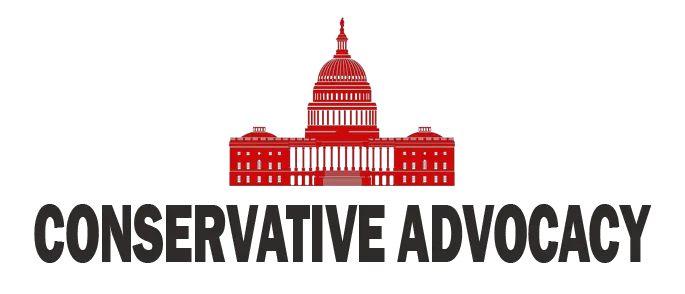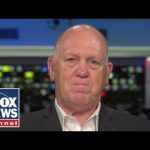A spotlight shines on the ongoing economic maneuvering as tariffs continue to stir up conversation among business leaders and economic experts. Recently, Scott Bessent, a prominent figure in economic discussions, made a guest appearance on a well-known news program to share insights on the implications of these tariffs and their impact on inflation and trade relations. Bessent dove into how businesses are navigating these financial waters, noting that they’ll largely bear the burden of increased costs, at least for now. Surprisingly, consumers may not feel the pinch just yet, as manufacturers are reportedly absorbing much of the increase in tariffs.
During the discussion, Bessent pointed out that, despite worries, inflation has been surprisingly stable. It was noted that two months earlier, the U.S. recorded a dip in inflation for the first time in four years. This was a refreshing piece of news for consumers and businesses alike, as it raised hopes of maintaining reasonable prices despite the ongoing tariff tensions. One intriguing aspect of the conversation revolved around the Federal Reserve’s decision-making process. With fluctuating economic projections and tariff implementations, the Fed’s cautious stance on interest rate adjustments has raised eyebrows among analysts.
The talk also drifted toward the international stage, where countries like India are reportedly collaborating to counteract U.S. tariffs. Bessent seemed to downplay any potential threat, stating that while these countries might attempt to unite against the U.S., the attraction of the American market is simply too great for most. Other than minor retaliatory moves from China, the anticipated global backlash has been minimal. Perhaps the most notable point made was regarding the historical use of tariffs by President Donald Trump as a tool of foreign policy, drawing a comparison to Alexander Hamilton’s original intentions.
Highlighting the situation with India and the recent additional tariffs on Russian oil purchases, Bessent defended the administration’s strategy. This move is intended to generate leverage when negotiating with various nations, particularly as discussions around curbing the conflict in Russia loom large. Despite questions about why similar measures were not being taken with China, the response was clear: the circumstances and previous agreements differ. India seemingly arrived at the table a bit late, leading to the tougher stance taken against them.
On a brighter note, Bessent expressed excitement regarding the potential for economic growth. Expectations of a booming U.S. economy supported by substantial capital investments are optimistic. Major players like Apple have committed phenomenal sums to bolstering their presence in the U.S., with figures reaching toward $600 billion for investment projects. Coupled with other tech giants’ vast plans for investment, the atmosphere points toward a significant surge in job creation and manufacturing growth in the upcoming quarters. From shipping jobs overseas to bringing them back home, it’s hoped that these moves will aid in addressing national debt and revitalizing American industry.
In summary, the economic landscape is evolving, with tariffs serving both as a challenge and a potential catalyst for growth. Though some fear inflation and backlash from other nations, the current consensus seems to suggest that the U.S. economy is on a path toward recovery, equipped with effective strategies and noteworthy investments. Whether this approach will yield the desired results remains to be seen, but for now, there are reasons to remain cautiously optimistic.




